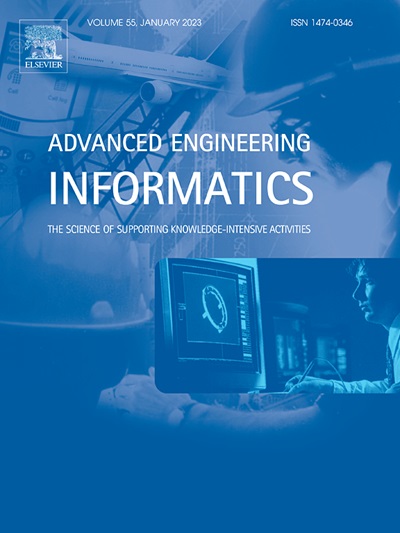A feature curve-based method for balancing brand identity and emotional imagery in automobile frontal form design
IF 8
1区 工程技术
Q1 COMPUTER SCIENCE, ARTIFICIAL INTELLIGENCE
引用次数: 0
Abstract
Automobile frontal forms are crucial for conveying form imagery and inheriting brand identity. However, few studies have balanced both brand features and form imagery. This research introduces a method for blending and recombining feature curves to achieve this balance. This method constructs a form database by extracting the form curves from numerous car frontal images and setting target imagery based on designers’ evaluations. Consumer perceptual questionnaires are then used to select base and reference forms from the database, which are decomposed into paired feature curves. Subsequently, new feature curves are generated using an improved ray-firing method and form blending algorithm. Three groups of form curves (group_1, group_2 and group_3) are created as alternatives through three recombination methods (method_1, method_2 and method_3) and converted into 3D renderings using image-generative AI. Finally, the alternatives are evaluated for brand form feature inheritance, form imagery transfer, and form aesthetics using the AHP, quadratic curvature entropy, and perceptual questionnaires. Results show that blending and recombining feature curves can effectively balance brand identity and emotional imagery, with quadratic curvature entropy serving as a reliable metric for assessing form aesthetics. This research offers an innovative approach to automobile form design, contributing to the advancement of the automotive industry.
求助全文
约1分钟内获得全文
求助全文
来源期刊

Advanced Engineering Informatics
工程技术-工程:综合
CiteScore
12.40
自引率
18.20%
发文量
292
审稿时长
45 days
期刊介绍:
Advanced Engineering Informatics is an international Journal that solicits research papers with an emphasis on 'knowledge' and 'engineering applications'. The Journal seeks original papers that report progress in applying methods of engineering informatics. These papers should have engineering relevance and help provide a scientific base for more reliable, spontaneous, and creative engineering decision-making. Additionally, papers should demonstrate the science of supporting knowledge-intensive engineering tasks and validate the generality, power, and scalability of new methods through rigorous evaluation, preferably both qualitatively and quantitatively. Abstracting and indexing for Advanced Engineering Informatics include Science Citation Index Expanded, Scopus and INSPEC.
 求助内容:
求助内容: 应助结果提醒方式:
应助结果提醒方式:


